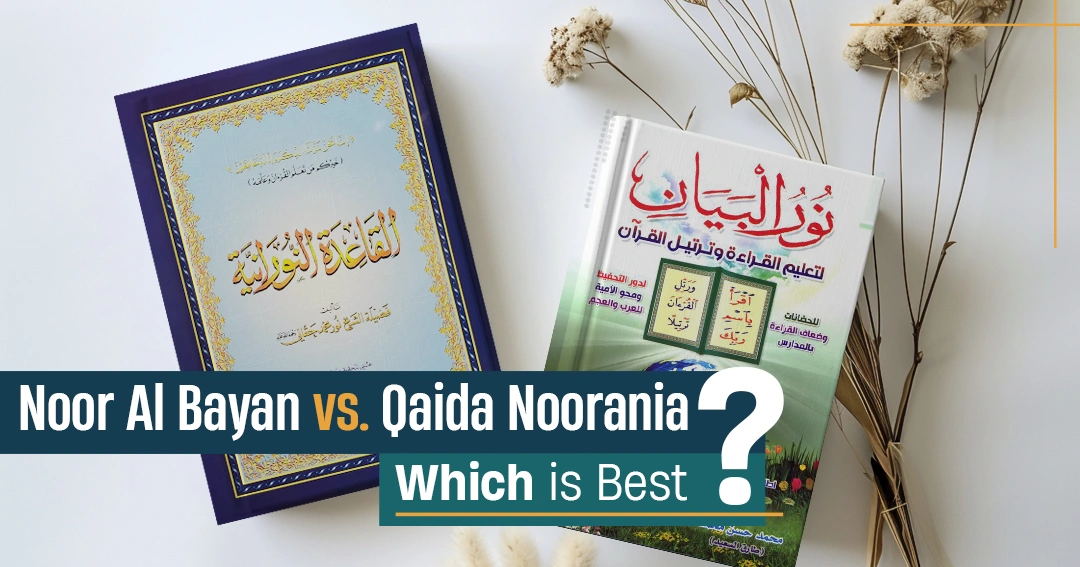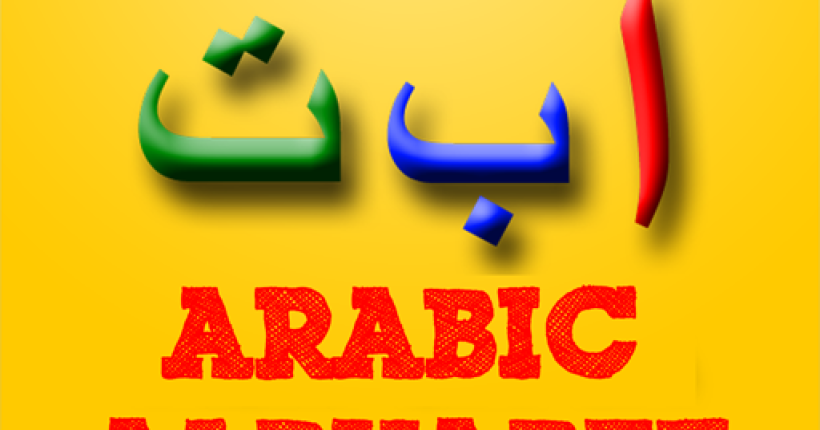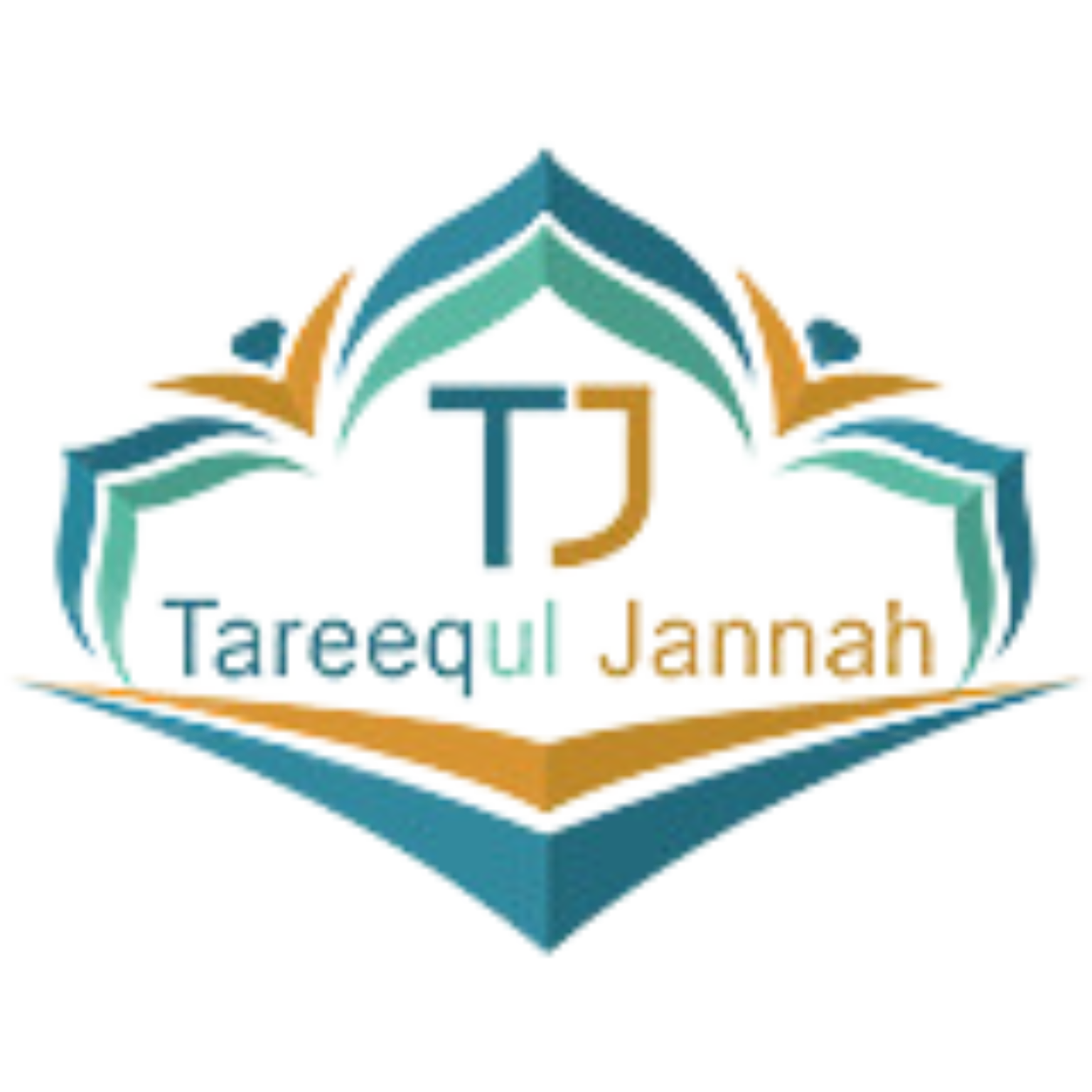Noor Al Bayan vs Qaida Noorania, which one to choose? In teaching Quran recitation to beginners, two methods are commonly used: Noor Al Bayan and Qaida Noorania.
They are both used in Arabic and non-Arabic speaking countries, but how are they different, and which is suitable to use for your learning?
In this article, we will discuss Noor Al Bayan vs Qaida Noorania by comparing their strengths and weaknesses and the most suitable ones, and more. Let’s get started!
What is Noor Al Bayan?
If you’ve ever wondered what is Noor Al Bayan, it’s a popular and effective method used to teach beginners how to read the Quran correctly.
Noor Al Bayan vs Qaida Noorania are designed especially for children and new learners. Noor Al Bayan helps build a strong foundation in reading Arabic with proper pronunciation. The main aim of Noor Al Bayan is to make reading the Quran easy and accurate for beginners.
Noor al Bayan specializes in teaching the Arabic alphabet, the pronunciation of each letter clearly, and how letters are combined to form words, with the implementation of Tajweed rules throughout.
What is Qaida Noorania?
When comparing Noor Al Bayan vs Qaida Noorania, it’s important to understand what each one has to provide. Qaida Noorania is a highly utilized and popular starter book for learning to read the Quran with proper pronunciation and Tajweed.
Noorani Qaida is a tried-and-tested method that’s especially well-liked in non-Arabic speaking countries, where students need extra help in learning Arabic letters and sounds.
So what is Qaida Noorania? It is a small book, usually taught to children and beginners, which introduces them to the Arabic alphabet and gradually teaches them to read whole words and Quranic verses.
The beauty of this method is that it includes Arabic reading and Tajweed rules right from the start, enabling students to form good habits right from the start.
Key Similarities Between Noor Al Bayan and Qaida Noorania

When considering Noor Al Bayan vs Qaida Noorania, both methods share some major similarities which render them both effective methods for Quranic reading and learning.
They are both designed for beginners, especially children and non-Arabic speakers, and use a step-by-step approach that incrementally builds the learner’s competence from recognizing Arabic letters to reciting Quranic words correctly.
Both Qaida Noorania and Noor Al Bayan stress the correct pronunciation (Tajweed) right from the start, preventing the formation of bad habits. They are also designed to be easy to follow, with visual aids usually provided to assist learning.
By focusing on the fundamentals of Quran recitation, both methods provide students with a solid foundation that is at the core of learning more complicated Quranic verses in the future.
Here are the Key Similarities Between Noor Al Bayan and Qaida Noorania:
| Aspect | Noor Al Bayan | Qaida Noorania |
| Target Audience | Children, beginners, and non-Arabic speakers | Children, beginners, and non-Arabic speakers |
| Focus on Pronunciation | Emphasizes correct Arabic pronunciation | Strong focus on correct pronunciation (Tajweed) |
| Step-by-Step Learning | Gradual learning from letters to words | Starts with Arabic letters and builds up to words |
| Inclusion of Tajweed Rules | Introduces Tajweed basics for correct recitation | Covers Tajweed rules early in the curriculum |
| Lesson Structure | Organized in clear, easy-to-follow lessons | Structured lessons, progressively building skills |
| Visual Support | Uses visual aids to assist learning | Often uses pictures and visual guides for better understanding |
| Progressive Learning | Starts with the alphabet and moves forward | Starts with alphabet and moves to complete words |
| Widely Used | Popular among schools and Quran teachers | One of the most widely used Quran learning methods |
Key Differences Between Noor Al Bayan and Qaida Noorania

When comparing Noor Al Bayan vs Qaida Noorania, one of the key differences is the way that they teach. Noor Al Bayan is renowned for using bright pictures and diagrams, making it ideal for younger children who might learn more from images.
Qaida Noorania, on the other hand, focuses more on listening and repetition, with good audio guides to help learners get their pronunciation right.
Noor Al Bayan introduces Tajweed rules more progressively, while Qaida Noorania includes them from the start, ensuring that the student is focusing on proper pronunciation from the very first.
Also, Noor Al Bayan has a slower pace, which is suitable for beginners who need more time to grasp each lesson, while Qaida Noorania has a slightly faster pace, with greater reliance on repetition to gain fluency.
Lastly, while both are effective methodologies, Qaida Noorania is more popular and used globally, especially by non-Arab speakers, while Noor Al Bayan is more common in Arabic-speaking countries.
Here are the Key Differences Between Noor Al Bayan and Qaida Noorania:
| Aspect | Noor Al Bayan | Qaida Noorania |
| Learning Approach | Focuses more on visual learning and charts | Emphasizes auditory learning with sound guides |
| Structure of Lessons | Includes more colorful visuals and charts | Focuses on text and minimal visuals |
| Teaching Focus | Starts with understanding letters and their sounds | Focuses on letter pronunciation and blending |
| Tajweed Introduction | Tajweed rules are introduced gradually | Tajweed rules are integrated from the beginning |
| Speed of Progression | May take a bit longer to cover each topic | Progresses faster with a focus on repetition |
| Target Audience | Suited for younger children and beginners | Suitable for children and adults who are serious learners |
| Use of Audio | Less reliance on audio material | Strong emphasis on audio for correct pronunciation |
| Popularity | Less well-known outside Arabic-speaking countries | Extremely popular worldwide, especially for non-Arabic speakers |
What Are the Pros and Cons of Noor Al Bayan vs Qaida Noorania?

In Noor Al Bayan vs Qaida Noorania, both methods have their fair share of strengths and weaknesses.
Qaida Noorania is favored for its wide popularity and audio support, which renders it highly suitable for learners who must hear the correct pronunciation in order to gain fluency in reading. It’s also systematic and methodical, and this enables students to learn at a steady pace.
However, the drawback of Qaida Noorania is that it moves slightly quicker, and some beginners may find it intimidating. This is where Noor Al Bayan would be more suitable since it moves slower and includes more visual learning, which younger children would find more appealing.
In short, Qaida Noorania is a great choice for those who can keep up with its pace and who prefer a more text-based learning style, and Noor Al Bayan may be better for beginners who need a slower, more image-based style.
Pros and Cons of Noor Al Bayan
In Noor Al Bayan vs Qaida Noorania it is important to know the pros and cons of each one. Here is a table that shows the pros and cons of Noor al Bayan:
| Pros | Cons |
| Visual Learning: Uses colorful charts and visuals, making it engaging for young learners. | Slower Pace: The gradual approach may feel slow for some students. |
| Step-by-Step Approach: Clear, structured lessons that build upon each other. | Less Audio Support: Limited reliance on audio, which may be challenging for some learners. |
| Great for Beginners: Perfect for children and beginners who need a solid foundation. | Limited Popularity: Not as widely known or used outside Arabic-speaking countries. |
| Tajweed Introduction: Introduces Tajweed rules gradually, making them easier to understand. | Needs Extra Practice: May require additional practice outside of lessons for quicker progress. |
| Engaging for Young Children: The fun visuals and easy-to-understand lessons capture children’s attention. | Might Not Suit Adults: Older learners or those looking for faster progression might find it less suited to their needs. |
Pros and Cons of Qaida Noorania
In Noor Al Bayan vs Qaida Noorania it is important to know the pros and cons of each one. Here is a table that shows the pros and cons of Qaida Noorania:
| Pros | Cons |
| Widely Popular: Very well-known and widely used, especially among non-Arabic speakers. | Fast Pace: Progresses more quickly, which might be overwhelming for some beginners. |
| Audio Support: Includes strong emphasis on audio material for correct pronunciation. | Less Visual Learning: Focuses more on text and repetition, which may not be as engaging for younger learners. |
| Clear and Structured: Well-organized, making it easy for learners to follow and progress. | Limited Visual Aids: Fewer colorful visuals compared to Noor Al Bayan, which might be less attractive to young children. |
| Integrated Tajweed: Introduces Tajweed rules right from the start, ensuring proper recitation. | Might Be Challenging for Beginners: The rapid pace and focus on repetition can be difficult for complete beginners to follow. |
| Suitable for All Ages: Can be used by children and adults, making it versatile. | Requires Practice: Because it moves faster, learners might need more practice outside of lessons to master the material. |
Which One Should You Choose?
When trying to decide between Noor Al Bayan vs Qaida Noorania, it boils down to your needs, learning style, and learner’s age. Both are good but cater to different tastes and learning paces. Let us get to the point!
Noor Al Bayan vs Qaida Noorania: Choose Noor Al Bayan if:
You prefer to take it slow: For beginners or studying with young children, Noor Al Bayan takes a step-by-step approach that allows the students to absorb every lesson without being hurried. It’s perfect for those who need more time to grasp the basics.
You prefer visual aids: Noor Al Bayan can make learning more fun and interesting if your student learns more through colorful pictures, visuals, and charts. It’s ideal for smaller children.
You prefer slower introduction to Tajweed: Noor Al Bayan introduces the Tajweed rules slowly and step by step, helping beginners get used to pronunciation without being overwhelmed.
Noor Al Bayan vs Qaida Noorania: Choose Qaida Noorania if:
You’re ready for a quicker pace: If you’re comfortable with quicker progression and want to dive into Quran learning with a bit more speed, Qaida Noorania teaches lessons at a quicker pace.
You learn more by hearing: Qaida Noorania places a strong emphasis on audio, so students can learn the pronunciation right from the start. If you prefer to listen and repeat, this could be the perfect method.
You’re looking for a popular method: Qaida Noorania is well-known and widely used all over the world, especially in non-Arab countries. It’s a tried-and-tested method with international appeal.
Can You Combine Both Methods?
Yes, of course! Even though Noor Al Bayan vs Qaida Noorania are two different techniques, combining the two can be a great idea to aid you in learning.
There is something different that both methods have to offer, and combining the two can give you an overall technique for Quran recitation learning.
Noor Al Bayan vs Qaida Noorania: How Can You Combine Both?
Start with Noor Al Bayan for Beginners: If you are new to reading Arabic or Quran recitation, it is a good start with Noor Al Bayan. Its graphical guides and slow pace easily familiarize you with Arabic alphabets and sounds. You can use it to build a strong base.
Switch to Qaida Noorania for Speed and Tajweed: Once you have mastered the basics, switching to Qaida Noorania can help you make quicker progress. Since it places emphasis on Tajweed rules and also has audio support, you can enhance your pronunciation and recitation.
Switch Between Methods Based on Your Needs: According to your progress, you are welcome to interchange methods.
For example, if you are facing an issue with pronunciation, you can focus more on Qaida Noorania’s audio guides. If you need extra visual reinforcement, Noor Al Bayan can provide that extra support.
Conclusion
In the battle between Noor Al Bayan vs Qaida Noorania, both methods offer helpful tools for learning Quranic recitation.
Regardless of whether you enjoy the graphical, step-by-step approach of Noor Al Bayan or the faster-paced, audio-assisted format of Qaida Noorania.
The key is to choose the one that best fits your or your learner’s needs. With the right method, both will help you gain a solid foundation for Quran reading and understanding.


